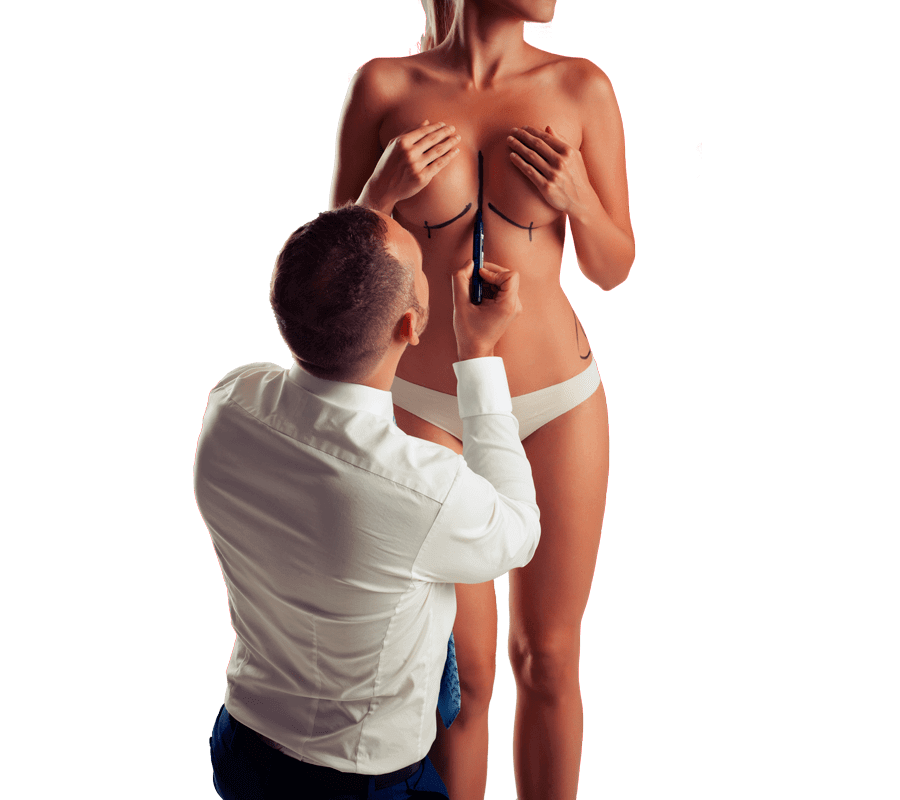Eyelid surgery is done by both the classical technique and also through the conjunctiva. Surgery may be performed either by local or general anaesthesia.





Eyes are the most distinctive part of the face, where aging is most noticeable. Due to aging, the periorbital (eyelid) area loses its elasticity, the muscles are weakened – as the eyelid area has a very thin skin exposed to unwanted symptoms of facial mimics such as wrinkles. Others include flaccid skin, sagging eyelids and unsightly bags under the eyes. These problems can be solved effectively with eyelid surgery.
Eyelid adjustment affects both appearance and improves the proper movement function of the eyelids. Furthermore, eyelid correction can remove swelling, soreness, excessive eye watering, increased eye strain, and therefore restrictions on the field of vision or subsequent headaches. You can get rid of the so-called bags under the eyes or sagging eyelids. This procedure is intended for both men and women with the resulting effect of smoothening and strengthening the skin, for example, it can be combined with application of botulinum toxin or facelift.
Or call the phone at any time
+420 273 136 126
Besides the aesthetic aspect and improvement of the skin texture, eyelid surgery also has a preventative effect, as it helps to prevent visual problems. Depending on each individual, the result of the surgery is rather permanent, but it can be repeated over time. The advantage of the access through the conjunctiva versus the surgical procedure is a shorter time period, less pain and bleeding, and faster healing without scars.
Eyelid surgery can be combined with other treatments in a single day of surgery. We recommend a free consultation with a doctor to assess the suitability of combinations of procedures.

Eyelid surgery or blepharoplasty can be done either surgically – removing ugly sagging skin; or by a modern technique through the conjunctiva focusing on the lower eyelids, the so-called bags under the eyes, where attention is mainly given to subcutaneous fat and excess skin. This method of treatment also avoids unnecessary scars and bleeding.
This outpatient procedure is performed in local anaesthesia or analgo-sedation, or general anaesthesia. First of all, spots for removal or adjustments are delineated on the eyelids. As standard, the procedure involves surgical reduction of excess skin (eliminating the overhang), removal of fat cells in the inner corners (the cut is led from the inner part of the eye through the skin fold, closely under the eyelashes at the lower part), and surgery of the lower eyelids is done similarly. Plastic surgery on the upper and lower eyelids lasts for approximately 1.5 hours. The procedure for lower eyelid surgery through the conjunctiva is normally performed in about half an hour of general anaesthesia or analgo-sedation. The cut is led through the conjunctiva area’s mucous membrane, where the excess fat tissue is removed. There is no need for stitching, only eye ointment is used and the treated eye is covered with a special patch.
Upper and lower eyelid adjustment may be performed on the same day in case of transconjunctival surgery, however, if it’s done by general anaesthesia, hospitalisation is required for 1 day. The patient should be accompanied on his/her way home after the surgery.
For at least a week before the procedure, it isn’t recommended to use blood clot prevention drugs containing acetylsalicylic acid.
Suitability of the procedure is limited if:
– The area around the eyes is damaged or reddened
– You have inflammation or an infection
– You are being treated with cancer, thyroid gland disease, internal organ disorders
– You are being treated with Diabetes II or III
– You have a blood-clotting disorder
– You suffer from increased intraocular pressure
– You have high blood pressure
The procedure is well tolerated, it can cause swelling and small bruising; we recommend cooling down the treated area with ice. The treated areas are usually red after transconjunctival surgery; stitches from the surgery procedure are removed after a week.
After the procedure, it’s recommended to rest, and to avoid sports for at least 3 weeks. We recommend not exposing your eyes to strain – computer, television, reading in low lighting, etc. – for the first week after the procedure, and sunbathing is also not suitable for the same time period. The eyes tend to be more sensitive after the procedure, so you should wear dark sunglasses for a few days and grease the eyes with top-quality, high-level UV protection creams, or possibly use antiseptic eye drops for about 3 days.
Convalescence after eyelid surgery is individual, depending on the patient’s healing capability, correct observance of instructions for the post-surgery period and reduction of unnecessary eye strain. In the first days after the procedure, it is appropriate to sleep in an elevated position. Sick leave of 7 days is recommended, after this time you should come for a check-up.
The resulting effect is apparent approximately 1-3 months after the procedure, as convalescence after the procedure gradually activates regenerative processes in the skin of the eyelids.
Eyelid surgery isn’t just about aesthetics, it also often solves health aspects.
The eye area will be visibly rejuvenated, healed and strengthened and it will increase your self-confidence. No matter how old you are.